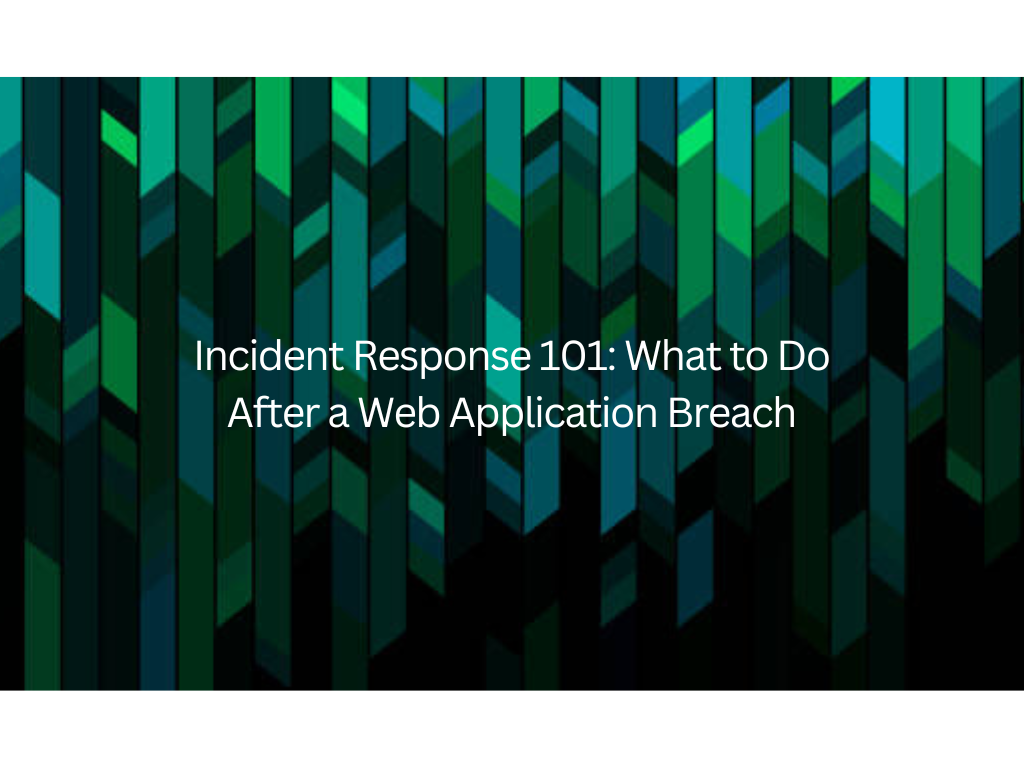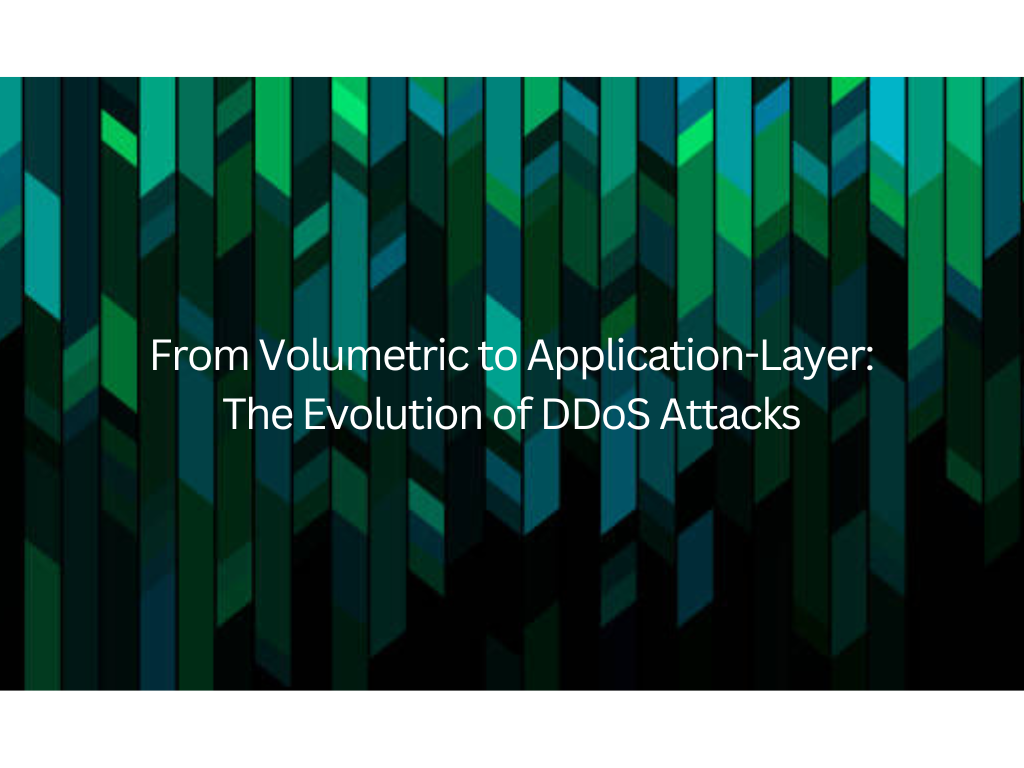The shift from monolithic architectures to microservices has fundamentally transformed how organizations build and deploy applications. While microservices offer unprecedented scalability, flexibility, and development velocity, they’ve also introduced a complex web of API communications that creates new security challenges. In this distributed landscape, APIs have become the primary attack surface, requiring a complete rethinking of security strategies.
The Microservices Security Paradox
Traditional security models were designed for monolithic applications with well-defined perimeters. In a microservices architecture, these boundaries dissolve into hundreds or thousands of API endpoints communicating across networks. What once was internal function calls within a single application are now API calls traversing potentially untrusted networks.
This architectural shift creates a fundamental security paradox: while microservices improve system resilience through distributed design, they exponentially increase the attack surface through API proliferation. Each service boundary becomes a potential entry point for attackers, and each API call represents a trust decision that must be carefully evaluated.
According to recent industry studies, organizations using microservices report a 300% increase in API endpoints compared to their monolithic predecessors, with each endpoint requiring individual security assessment and protection mechanisms.
Key Security Challenges in Microservices
Exponential Attack Surface Growth
In a typical microservices deployment, what started as a single application becomes dozens of independent services, each exposing multiple API endpoints. A system with 50 microservices might have 500+ API endpoints, each requiring individual security consideration.
Challenge Impact:
- Traditional security tools designed for fewer, larger applications become overwhelmed
- Manual security configuration becomes impossible at scale
- Inconsistent security policies across services create vulnerabilities
Research indicates that 68% of organizations experience at least one API security incident within their first year of microservices adoption, primarily due to inadequate coverage of the expanded attack surface.
Inter-Service Communication Complexity
Microservices communicate through a complex mesh of API calls. A single user request might trigger a cascade of 10-20 internal API calls across different services. Each communication path needs secure authentication and authorization.
Modern Web Application Firewalls (WAF) like Haltdos WAF are evolving to address these inter-service communication challenges by providing advanced API protection capabilities specifically designed for distributed architectures.
Key Issues:
- Service-to-service authentication at scale
- Managing secrets and certificates across distributed services
- Ensuring encrypted communication without performance penalties
- Handling cascading failures when security checks fail
Statistics show that the average enterprise microservices deployment generates 50TB of inter-service API traffic monthly, with 15% containing sensitive data requiring encryption and access control.
Distributed Identity and Access Management
Traditional centralized authentication becomes problematic when services are independently deployed and scaled. Each service needs to make authorization decisions without creating bottlenecks or single points of failure.
Challenges Include:
Consistent identity propagation across service calls
- Token validation and refresh in distributed systems
- Managing different authentication protocols across services
- Implementing fine-grained authorization at the service level
Industry data reveals that 43% of microservices security breaches stem from inadequate identity management, with attackers exploiting weak inter-service authentication to perform lateral movement across the service mesh.
API Gateway Limitations
While API gateways provide centralized security for external traffic, they become bottlenecks and don’t address internal service-to-service communication security.
Gateway Challenges:
- Performance bottlenecks at scale
- Limited visibility into internal API traffic
- Complex routing and policy management
- Single points of failure despite distributed architecture
Modern solutions like Haltdos Web Application Firewall address these limitations by providing distributed protection mechanisms that can handle high-volume API traffic while maintaining comprehensive security coverage across both external and internal communications.
Benchmarking studies show that traditional API gateways can become performance bottlenecks when handling more than 10,000 requests per second across 100+ microservices, leading to 200ms+ latency increases.
Observability and Monitoring Gaps
In monolithic applications, security monitoring focuses on a single application. Microservices scatter security events across dozens of services, making threat detection and incident response significantly more complex.
Monitoring Challenges:
- Correlating security events across distributed services
- Identifying attack patterns spanning multiple services
- Managing log volume and storage costs
- Real-time threat detection across service boundaries
Enterprise environments typically generate 2-5TB of security logs daily from microservices deployments, with only 12% of organizations having adequate tooling to analyze this data effectively for threat detection
Comprehensive Security Solutions
Zero Trust Architecture Implementation
Zero Trust principles are particularly well-suited for microservices, where traditional perimeter security fails.
Implementation Strategy:
Zero Trust Principles
- Never trust, always verify
- Assume breach mentality
- Verify explicitly for every request
- Use least privilege access
- Encrypt all communications
Key Components:
- Identity Verification: Every service call requires authentication
- Authorization Enforcement: Fine-grained permissions for each API endpoint
- Continuous Monitoring: Real-time verification of service behavior
- Encrypted Communications: All inter-service traffic uses TLS/mTLS
Service Mesh Security Architecture
Service meshes like Istio, Linkerd, or Consul Connect provide infrastructure-level security for microservices communication.
Service Mesh Benefits:
- Automatic mTLS: Encrypts all service-to-service communication
- Traffic Policies: Centralized security policy management
- Identity Management: Automatic certificate generation and rotation
- Observability: Detailed metrics and logs for all API calls
Real-world implementations show that service mesh adoption can reduce security configuration overhead by up to 70% while improving compliance audit scores by standardizing encryption and access controls across all microservices.
Advanced API Gateway Strategies
Modern API security requires moving beyond simple gateway patterns to distributed security enforcement.
Multi-Layer Gateway Architecture:
- Edge Gateway: Handles external traffic, rate limiting, and basic authentication
- Service Gateway: Service-specific security policies and fine-grained authorization
- Sidecar Proxies: Request-level security enforcement and monitoring
Implementation Benefits:
- Reduced bottlenecks through distributed processing
- Service-specific security policies
- Better performance and scalability
- Improved fault tolerance
Organizations implementing distributed gateway architectures report 60% improvement in API response times and 85% reduction in security policy conflicts compared to traditional centralized gateway approaches.
Comprehensive Identity and Access Management
Distributed IAM systems designed for microservices environments provide scalable authentication and authorization.
Key Technologies:
- JWT Tokens: Stateless tokens with embedded claims for authorization
- SPIFFE/SPIRE: Workload identity standards for service authentication
Industry adoption data shows that organizations using standardized identity protocols like OAuth 2.0 with OIDC experience 45% fewer identity-related security incidents and achieve 3x faster service deployment cycles due to consistent authentication mechanisms.
Enhanced Observability and Threat Detection
Modern security requires sophisticated monitoring systems that can correlate events across distributed services.
Monitoring Architecture:
- Centralized Logging: Aggregate security events from all services
- Distributed Tracing: Track requests across service boundaries
- Behavioral Analytics: Detect anomalous patterns in API usage
- Real-time Alerting: Immediate response to security incidents
Key Metrics to Monitor:
- Authentication failure rates across services
- Unusual API call patterns between services
- Certificate expiration and rotation events
- Service-to-service communication anomalies
- Resource access patterns and privilege escalation attempts
Advanced threat detection systems can identify 89% of lateral movement attacks within microservices environments when properly configured with comprehensive logging and behavioral analytics, compared to only 34% detection rates with traditional perimeter-focused monitoring.
Implementation Best Practices
1. Start with Security by Design
- Integrate security considerations into service design phase
- Establish security requirements before development begins
- Use threat modeling to identify service-specific risks
- Implement security testing in CI/CD pipelines
2. Automate Security at Scale
- Use infrastructure as code for security configuration
- Implement automated certificate management
- Deploy security policies through GitOps workflows
- Automate security testing and vulnerability scanning
Organizations with mature security automation report 78% reduction in security misconfigurations and deploy security updates 10x faster than those relying on manual processes.
3. Implement Progressive Security
- Begin with basic authentication and encryption
- Gradually add fine-grained authorization
- Implement monitoring and alerting early
- Continuously improve based on threat intelligence
4. Focus on Developer Experience
- Provide security libraries and SDKs for developers
- Create clear security guidelines and documentation
- Implement security guardrails that don’t impede development
- Offer security training specific to microservices
Looking Ahead: Future of Microservices Security
The evolution of microservices security is heading toward even more sophisticated, AI-driven approaches:
Emerging Trends:
- AI-Powered Threat Detection: Machine learning models that understand normal service communication patterns
- Automated Security Policy Generation: AI systems that create security policies based on service behavior
- Dynamic Security Adjustment: Real-time security policy updates based on threat landscape changes
- Quantum-Safe Cryptography: Preparing for post-quantum security requirements
Early adopters of AI-driven security report 67% improvement in threat detection accuracy and 52% reduction in false positives, while modern WAF solutions like Haltdos are already incorporating machine learning capabilities to provide adaptive protection against evolving API threats.
Preparing for the Future:
- Invest in platforms that support AI-driven security
- Design systems with adaptable security architectures
- Build security teams with both traditional and cloud-native expertise
- Maintain flexibility to adopt new security technologies
Conclusion
Securing APIs in microservices architectures requires a fundamental shift from perimeter-based security to distributed, zero-trust approaches. While the challenges are significant—from managing exponential attack surface growth to implementing distributed identity management—the solutions are becoming more mature and accessible.
Success requires embracing new technologies like service meshes, implementing comprehensive observability, and adopting security-by-design principles. Organizations that invest in proper microservices security architecture will not only protect their systems but also enable the full benefits of distributed architectures: improved scalability, faster development cycles, and better system resilience.
The key is to start early, automate extensively, and continuously evolve security practices as both threats and technologies advance. In the age of microservices, security isn’t just about protecting the perimeter—it’s about building trust into every API call, every service interaction, and every system component.




